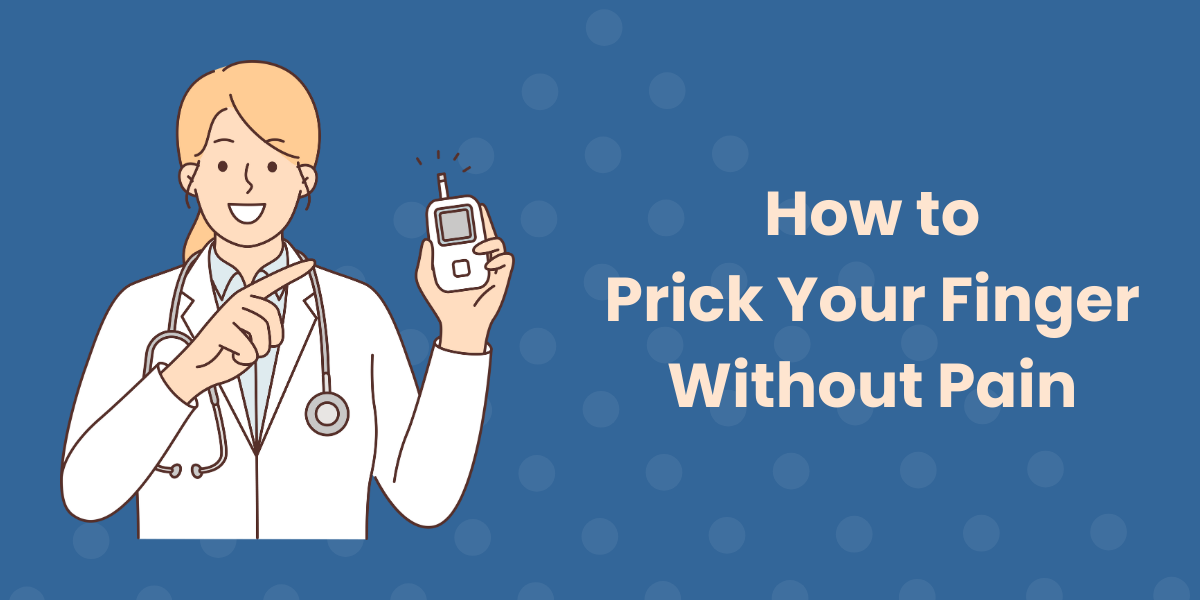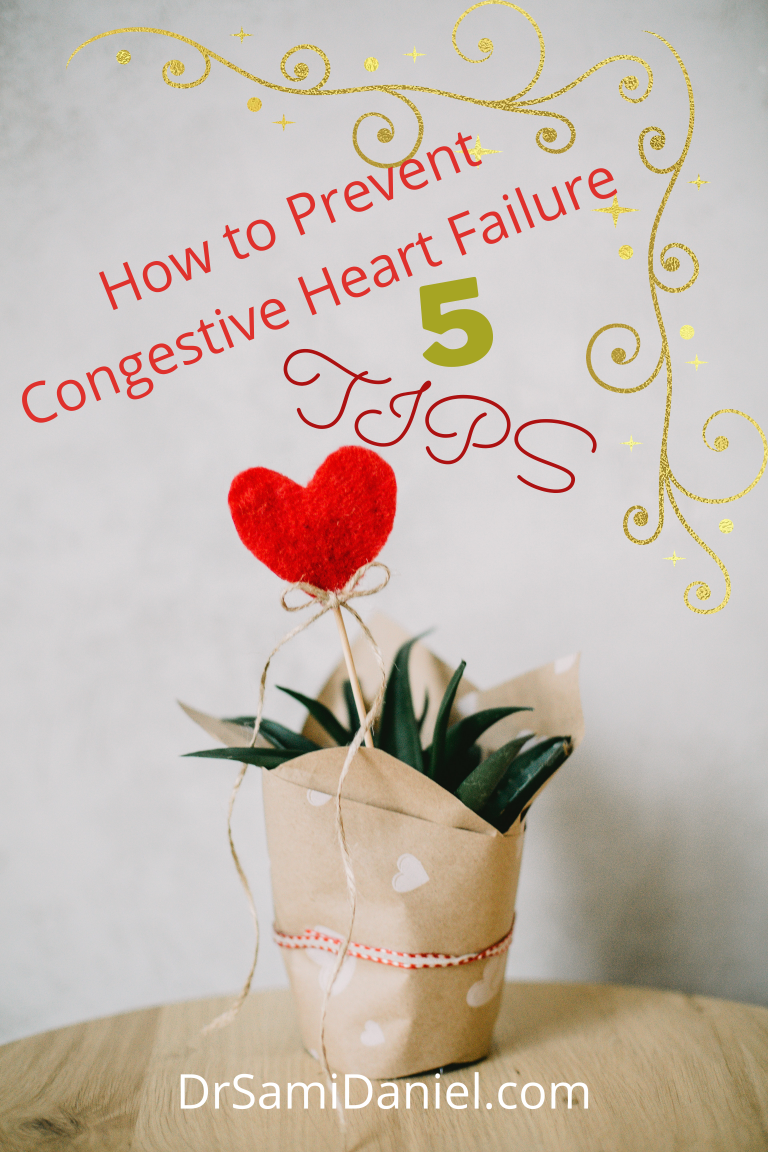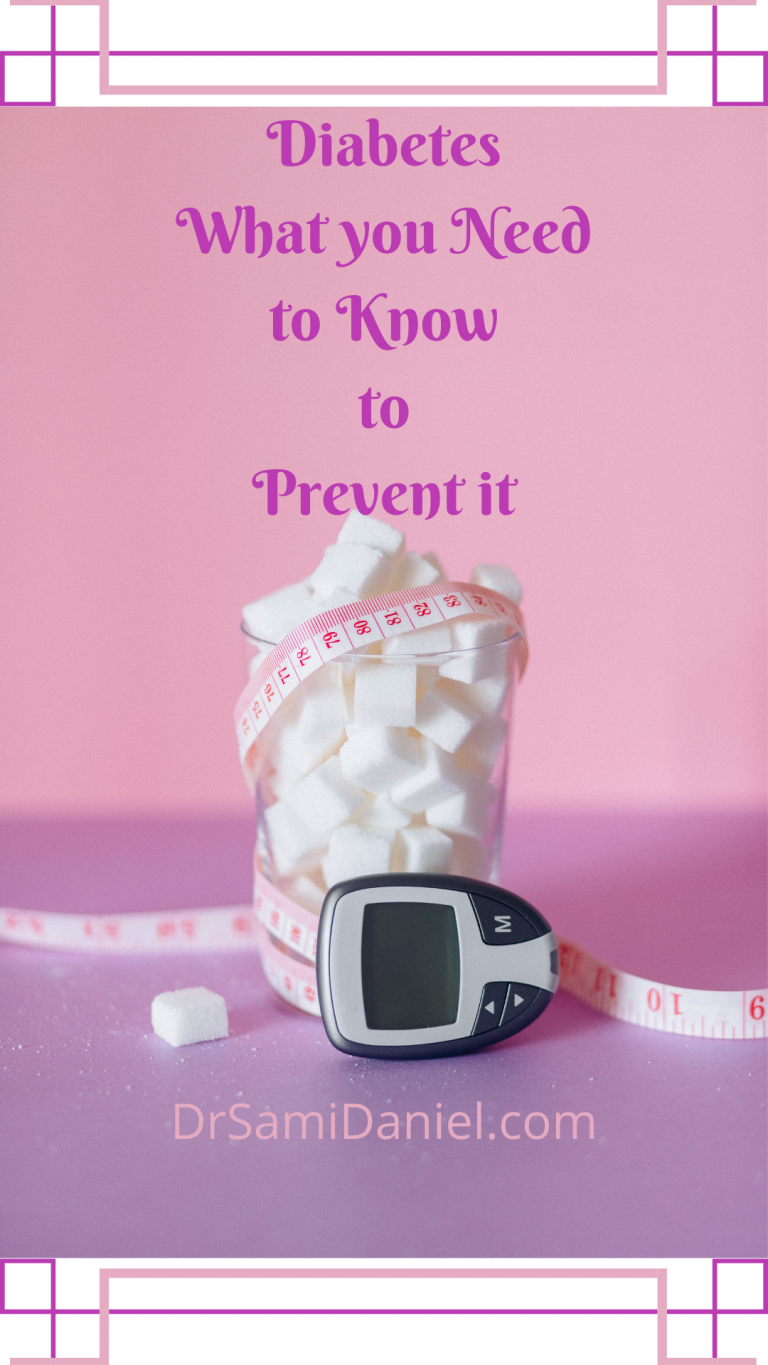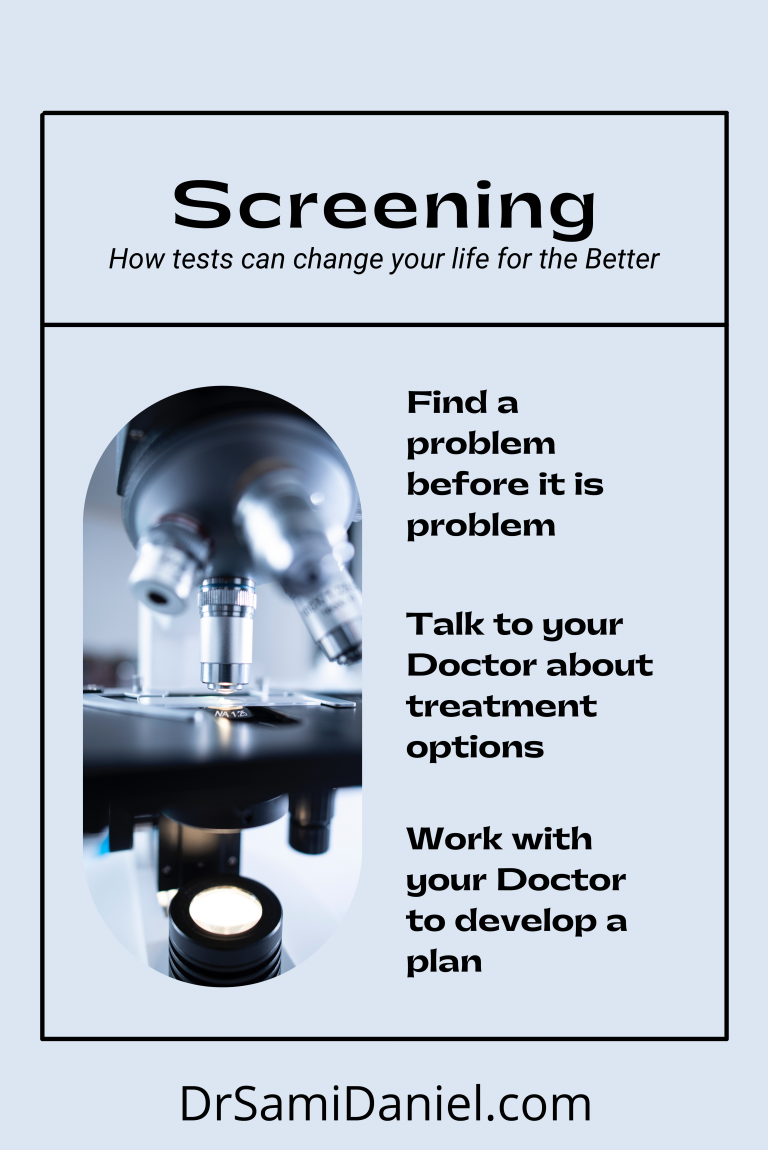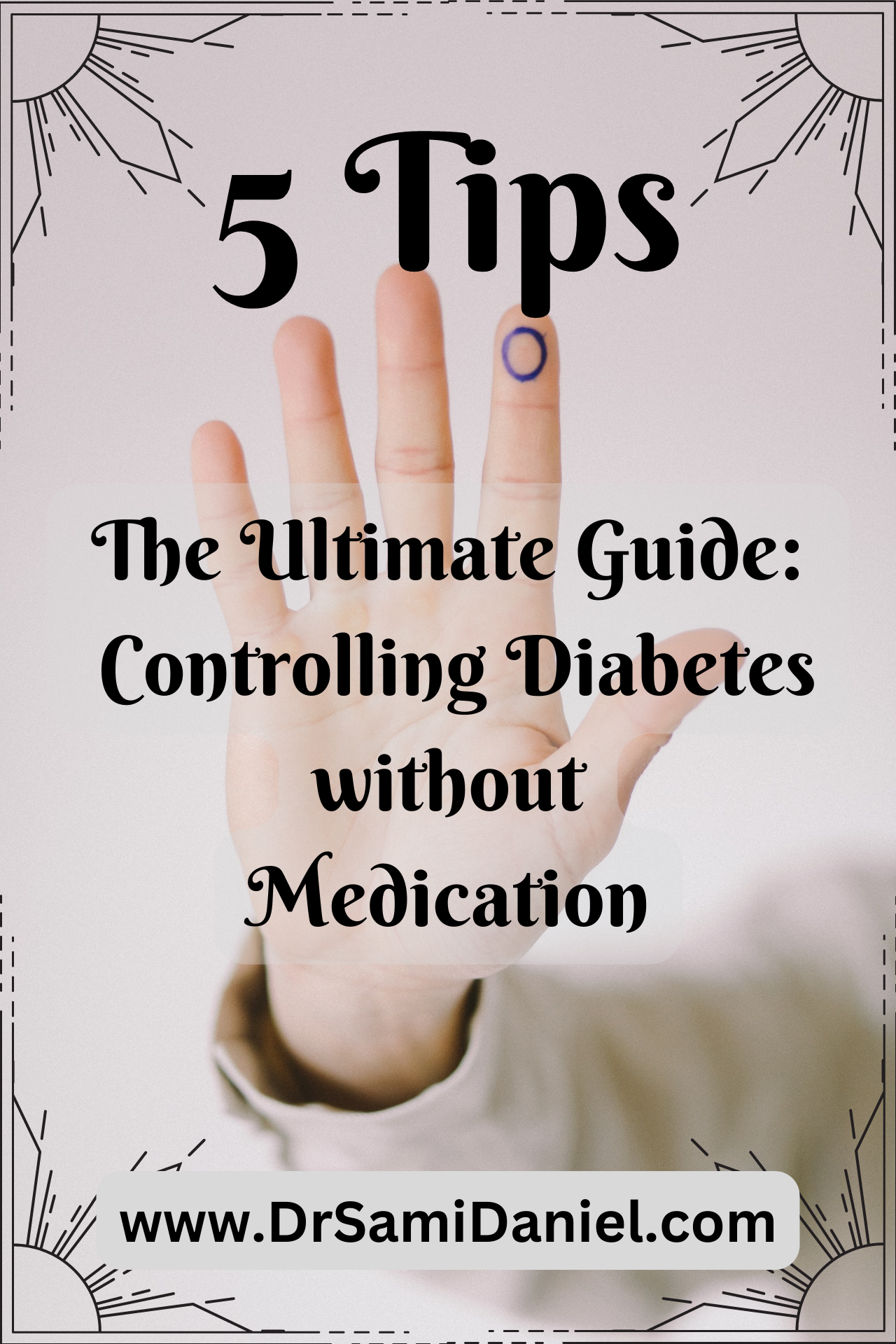How to Prick Your Finger Without Pain According to Neurology
The reality is that a person with diabetes must check blood sugar every day to maintain control.
That hurts!
Maybe not the first time, or the second, or the tenth, or the hundredth time.
Eventually, it will sting.
Companies realize this literal pain point and try to develop better products to reduce or eliminate the pain of repeat finger pricking.
They make thinner needles, shorter needles, devices to test arms or legs, and they make continuous glucose monitors where you do not have to prick your fingers at all.
However, from what I have seen, insurance companies do not always cover these different products.
If insurance is willing to cover them, they still require the patient and doctor to go through a time-consuming process in order to submit a prior authorization which may not get approved.
Therefore, unless people are willing to shell out lots of cash, we still have to use the basic glucose monitor and deliberately puncture fingers with a lancet.
So how do you prick your finger without pain?
The tips I will share with you come from understanding something called the Pain Gate Control Theory.
Key Takeaways
- Daily blood sugar checks are essential for diabetes control; but painful.
- The pain gate control theory can help.
- Using pressure and cold can block or minimize pain.
Disclaimer
This article is for informational purposes only and does not constitute medical advice. Always seek the advice of your physician or other qualified
health provider with any questions you may have regarding a medical condition.
The Pain Gate Control Theory
Imagine these scenarios:
- Stubbing your toe
- Jamming your finger
- Twisting your ankle
- A papercut
- Getting hit in the head (check out AFV videos for more)
- Getting hit in the nether region (again, AFV is full of these videos)
What’s your first reaction?
I cringe just thinking about these situations.
If I actually experience any of these insults, then I reflexively grab the injured body part.
For example, if I stubbed my toe (again!), then I would look like a fool hopping up and down as I simultaneously applied pressure to my toe and looked for the closest chair.
If I jam my finger, twist my ankle, or if I “take one for the team” (God forbid), then I might grab an ice pack to help control the pain.
So why does this reflex matter?
We instinctively know that pressure and/or cold helps to alleviate pain.
Nerves relay pain information to the spinal cord which then catapults this signal to the brain.
Enter The Pain Gate
The pain gate is built into the wiring of the spinal cord.1
So we can block that signal before it crosses the gate and reaches the brain.
Of course, we’ve already experienced plenty of pain by the time we reach for an ice pack. However we can still use cold and pressure to our advantage.
Pressure and cold activates other nerves which also go to the spinal cord and block the path of pain to the brain.
Envision a drawbridge. When the bridge is up, big boats pass underneath. When the bridge is down, the cars pass above the water; but small boats can still pass underneath.
You can still feel pain when the gate is down. This is because pain has two paths.2 One is fast and one is slow.
There is the initial sharp and intense pain which uses the faster set of nerves. Then there is the dull and less intense pain which uses the slower set of nerves.
So let’s use the drawbridge to our advantage.
There is just one more thing we need to know.
Where are the Nerve Endings?
So far, we know a few things to mitigate pain:
- Pain is blocked with pressure.
- Pain is blocked with cold temperature.
Now we need one more crucial piece of knowledge: Where are the nerve endings?
If we can avoid the nerves, we can minimize or avoid the pain from the start.
The finger pad and tip are rich with nerve endings. So if you poke these places, you will guarantee an exquisitely sharp pain followed by prolonged agony.
However if you choose the side of the fingertip, then you will find fewer nerve endings. So the initial sharp pain of the lance will not be so sharp; and the dull ache will not last as long.
You might also notice that one side of the fingertip is more tender. Which side?
Let’s do an exercise:
- Let your hand rest loosely on a table with the palm facing down.
- Do not flatten your hand on the table.
- You will notice your hand naturally rests at a slight angle.
- Notice that one side of your fingers is in contact with the desk.
- I find that the side in contact with the table is more sensitive.
This means I will use the opposite side of my fingertips.
Now we know 3 things:
- Where there are the fewest nerve endings.
- Pressure can block the pain signal.
- Cold can block the pain signal.
We are ready to prick the finger.
How to Prick Your Finger Without Pain
We will prick a place based on what we know:
- Pressure blocks pain.
- Cold blocks pain.
- Fewer nerve endings exist on the side of the fingertip.
We can find a place where we apply all three at the same time.
Follow these steps:
- Identify the finger you would like to use.
- Identify the side of the fingertip you would like to use.
- Prepare the lancet device with a fresh needle.
- Prepare the glucose meter with a fresh test strip installed.
- Cool the area with an ice pack or under cold running water.
- Use an alcohol pad to sanitize the area.
- Apply pressure to the area.
- Prick the area.
- Release pressure from the area.
- Collect the blood sample into the test strip.
You can wrap up the process by washing your hands with cool water.
The final way to reduce the pain of pricking is to be cured of diabetes!
A cure may not always be possible. However, controlling blood sugar levels helps. Work with your doctor to best suit your individual needs.
Conclusion
People with diabetes must check blood sugar levels daily for proper management.
Control of diabetes reduces the internal damage of organ systems and reduces the risk of heart attack, stroke, kidney failure, eye damage, erectile dysfunction, amputation, etc.
Checking blood sugar levels can be less painful using a doctor’s knowledge of the pain gate mechanism.
Block the signal of pain by using pressure or cold before, during, and after you prick your fingers.
I hope this information helps you manage diabetes better.
References
Find the references used in composing this article.

About the Author
Sami studied medicine with the fundamental belief that everyone is capable of making informed healthcare decisions.
He developed a desire to make medical information easier to understand so the patient can decide what is right for them.

